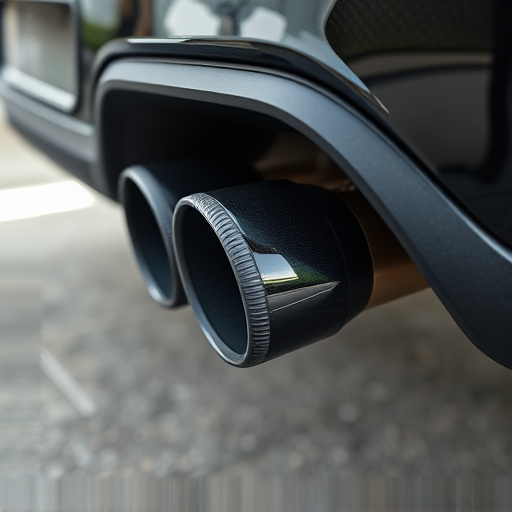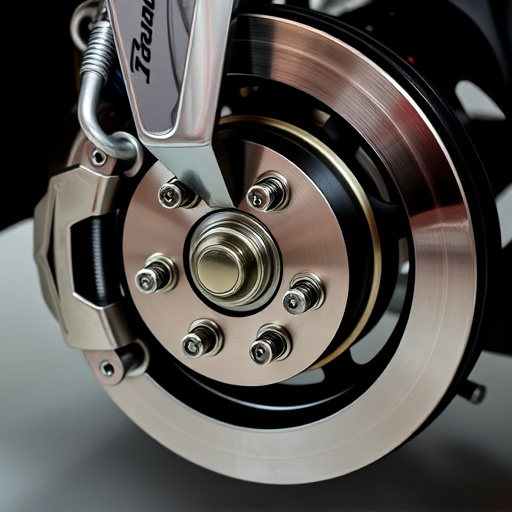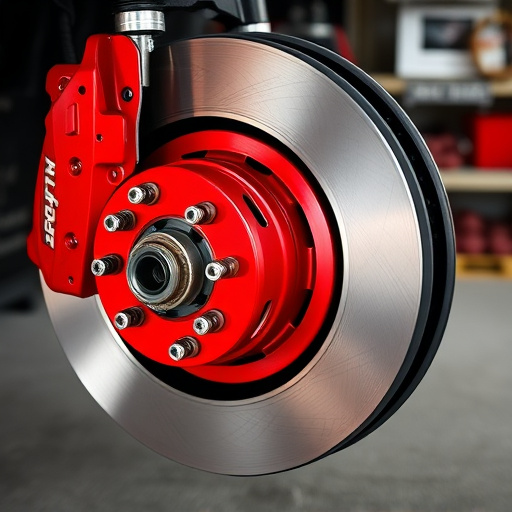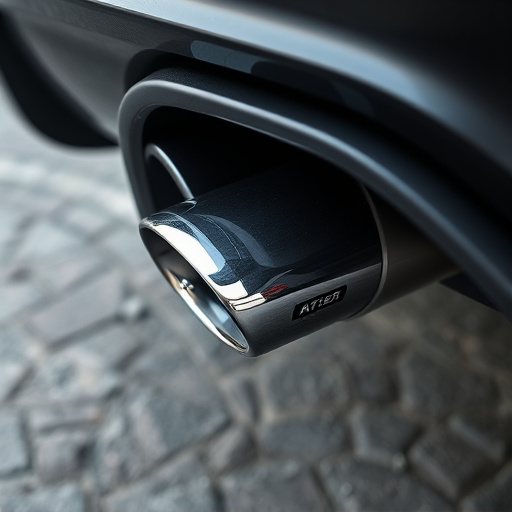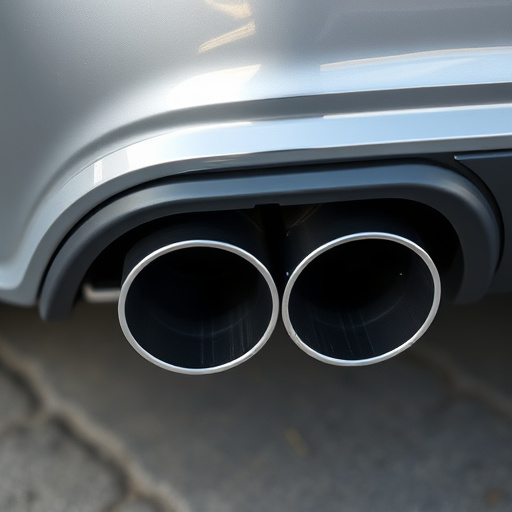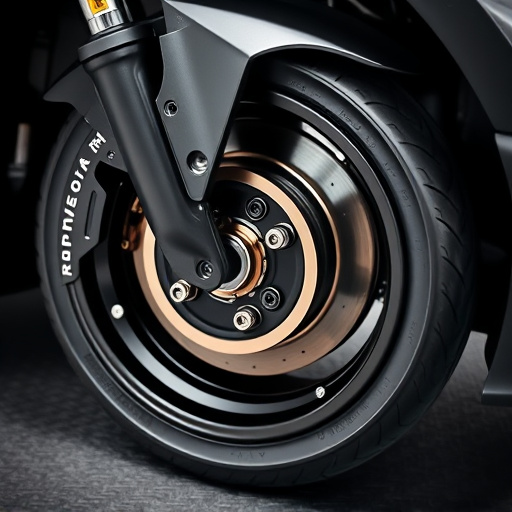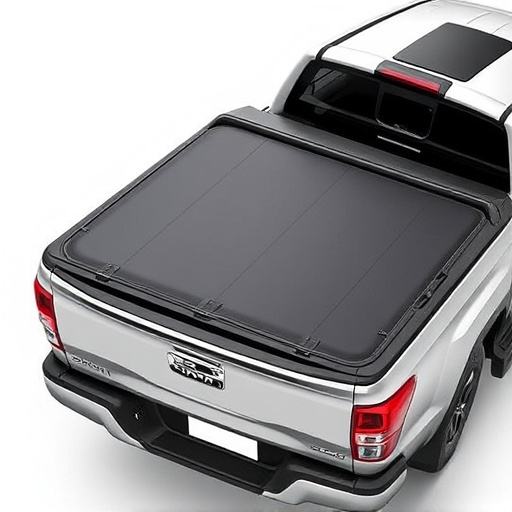Cold air intake (CAI) filters are performance upgrades for turbocharged engines, drawing in cool, dense air from outside the bay to enhance combustion. They significantly boost power, torque, and fuel efficiency while preventing clogging. CAI systems come with dry flow, oiled, or washable filters, each offering unique benefits. Installation is a DIY task, typically involving replacing the stock filter housing; maintenance includes periodic cleaning or replacement based on manufacturer guidelines.
“Enhance your turbocharged engine’s performance with a Cold Air Intake (CAI) Filter—a crucial component for optimal efficiency. This article guides you through the essentials of CAI Filters, their role in improving power and fuel efficiency, and how they ensure a cooler, denser air supply to your engine. We’ll explore different types suitable for various setups, installation tips, maintenance requirements, and common issues to consider. Get ready to unlock your engine’s true potential.”
- Understanding Cold Air Intake Filters: Their Role and Benefits
- Types of Cold Air Intake Filters for Turbocharged Engines
- Installation, Maintenance, and Common Issues with Cold Air Intake Filters
Understanding Cold Air Intake Filters: Their Role and Benefits
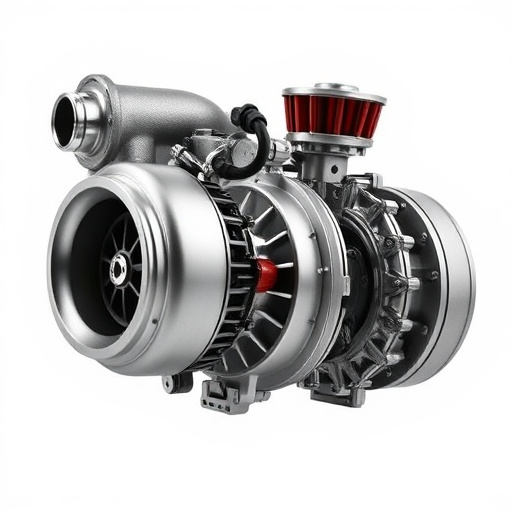
Cold air intake filters play a pivotal role in enhancing the performance of turbocharged engines. These filters are designed to draw in cold, dense air from outside the engine bay, providing a richer supply of oxygen for optimal combustion. By allowing cleaner and cooler air to enter the engine, cold air intake (CAI) filters can significantly boost power output and torque, often resulting in improved fuel efficiency.
Beyond their performance benefits, CAI filters also offer advantages in terms of reliability and maintenance. Unlike traditional air filters that can become clogged over time, reducing airflow, cold air intake filters are strategically designed to provide a constant flow of cool air, ensuring your engine receives the ideal amount of oxygen for efficient burning. Moreover, these filters often integrate seamlessly with existing exhaust systems and brake components, contributing to a more streamlined and robust vehicle setup.
Types of Cold Air Intake Filters for Turbocharged Engines
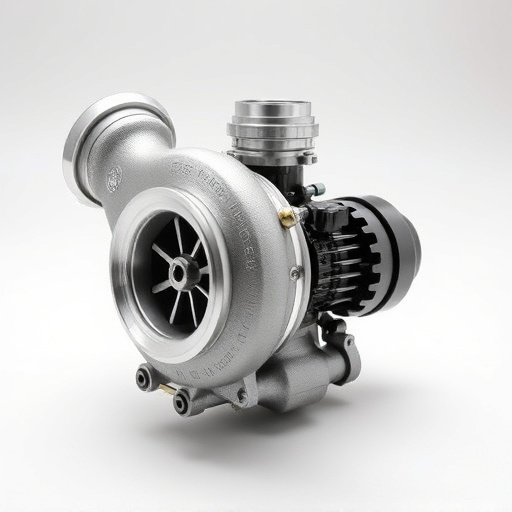
Cold Air Intake Filters for turbocharged engines come in various types designed to optimize performance and efficiency. Among the popular options are dry flow filters, oiled filters, and washable filters. Dry flow filters are known for their simplicity and cost-effectiveness. They use a media that allows air to pass through while trapping contaminants, ensuring clean air reaches the engine. Performance air filters, often associated with these systems, can significantly improve horsepower and torque by allowing more cold, dense air into the combustion chamber.
Oiled filters, on the other hand, use a thin oil layer to capture dust and debris, providing superior protection against smaller particles. They are commonly found in high-performance vehicles. Exhaust tips and suspension kits, while not directly related to the filter itself, can work in conjunction with a cold air intake system to enhance overall vehicle performance by ensuring optimal airflow and reducing backpressure. Washable filters offer a reusable option, allowing drivers to clean and maintain them for extended use before replacement.
Installation, Maintenance, and Common Issues with Cold Air Intake Filters
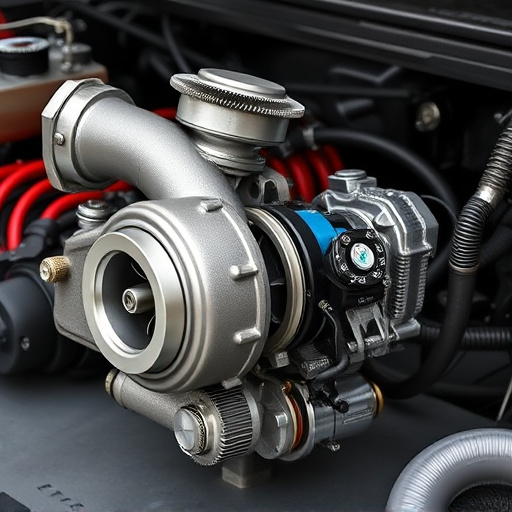
Installation:
Installing a cold air intake filter is typically a straightforward process that can be accomplished by most car enthusiasts with basic tools and know-how. The filter usually sits between the engine and the air intake system, replacing the stock air filter housing. This involves removing the old filter, cleaning or replacing the housing, and installing the new cold air intake filter properly. Ensuring a secure fit is crucial to prevent leaks that could compromise performance. Many modern vehicles have more intricate designs, especially with complex air intake systems integrated into the vehicle’s design, requiring careful navigation around various components.
Maintenance:
Regular maintenance is key to keeping your cold air intake filter functioning optimally. Unlike traditional paper filters, high-performance intakes often utilize reusable or washable filters, allowing for easy cleaning and reuse. Over time, these filters can accumulate dirt, debris, and oil, reducing airflow efficiency. It’s recommended to clean the filter periodically as per the manufacturer’s guidelines, typically after every 10,000 to 20,000 miles or during regular oil changes. This simple task ensures peak performance and maximizes the benefits of your cold air intake system, complementing other upgrades like a cat back exhaust or high-performance brakes.
Cold air intake (CAI) filters are an essential component for turbocharged engines, optimizing performance and efficiency. By directing cold, dense air into the engine, these filters enhance power output and fuel economy, making them a popular choice among car enthusiasts. Understanding the types available, proper installation, and routine maintenance will ensure your CAI filter delivers these benefits optimally. Remember to address any issues promptly for a seamless driving experience.








